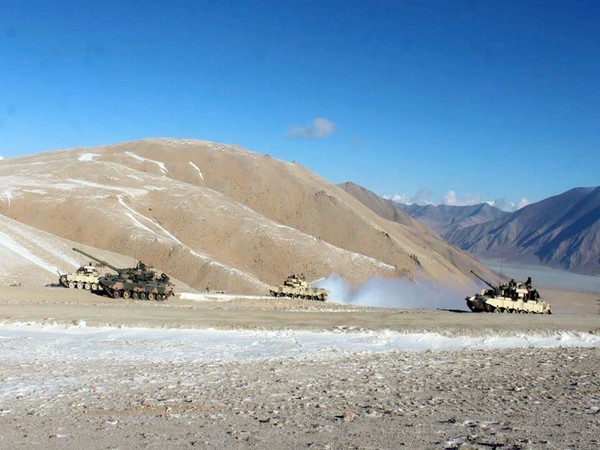
New Delhi: Clearly if there is one positive outcome of the ongoing Russia-Ukraine war is that the Indian Army is set to incorporate the lessons for the design of its futuristic main battle tank.
This comes as Ukraine’s anti-tank missiles have achieved significant success against Russian armour. Several reports said the Ukrainians have used anti-tank guided missiles to target the weakness of Russian armoured vehicles and achieved significant success so far.
Meanwhile, the Indian Armed Forces have kept a close eye on the ongoing developments on the battlefield. The equipment that are being used there, including the Russian tanks are quite common to the Indian Army equipment. Government sources told media the inputs are being analysed and the lessons would be incorporated into the design of the futuristic main battle tanks that would be produced and used by the Indian Army in coming years.
Russian armour including the T-90, T-72 and BMP-series infantry combat vehicles have been used by the Indian Army and these armoured vehicles are the mainstay of the force. Earlier, these armoured vehicles were only deployed along the desert and the plain borders with Pakistan, however, they are now being deployed along India’s borders with China too. Many armoured vehicles are deployed from Ladakh to Sikkim.
As the war continues, several European and North American nations are supplying anti-tank and anti-aircraft equipment such as the Carl Gustaf anti-tank rocket launchers, NLAWs and AT-4s. Meanwhile, officials aware of the ongoing armoured operations said the design of the tanks deployed is at least three to four decades old but the anti-tank missiles and rockets have been designed as per the latest requirements and have an upper hand in the present scenario of the war.
The Indian designers would make an attempt to offset that advance in the futuristic main battle tanks that would be built some years from now, they said.








